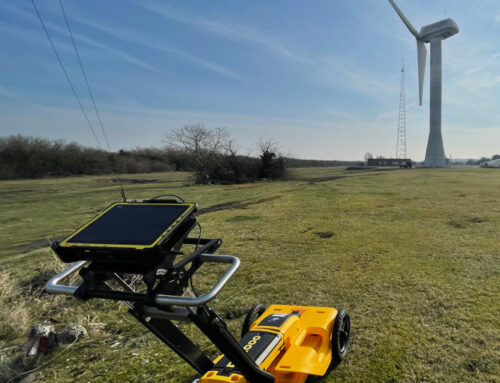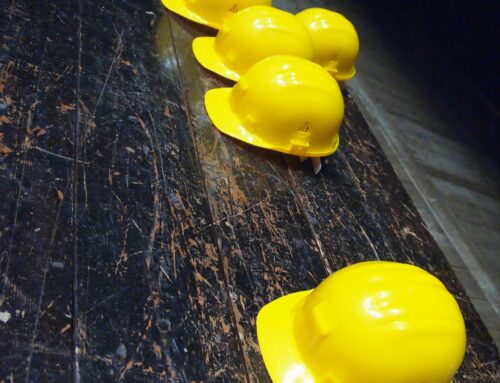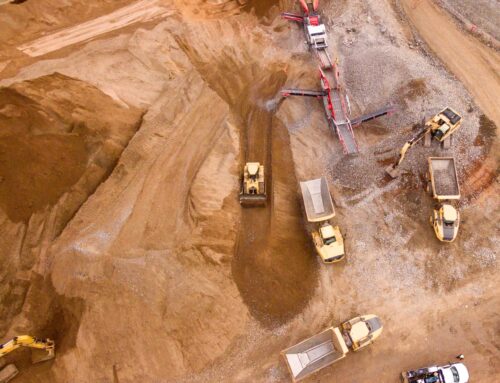Before deciding the best treatment method for land contamination, we must first understand how the land became contaminated and what it’s contaminated with.
The only cause of land contamination is human activity.
To be more specific, it happens when people use, store or dispose of hazardous substances unsafely or incorrectly.
Contaminants may leak from pipes or tanks, whether underground or on the surface. Others may have been placed there historically as part of the site development.
Contaminants can occur anywhere. They may also seep into groundwater, reach neighbouring land and leak into waterways. That means contamination is not always exclusive to one particular site.
However, urban areas and former industrial sites are most likely to face challenges posed by contaminated soil. This is due to the historical attitude and lack of knowledge of how contaminants can affect the environment and people. Old industrial sites were often poorly managed by today’s standards and chemicals were merely poured or buried in the ground.
Land contamination has the potential to be extremely harmful to people and wildlife. People and animals can ingest contaminants when breathing or eating contaminated food. They can even absorb it through their skin. It goes without saying that this can cause serious health problems.
Aside from this, councils are likely to limit the use of this type of land and put a stop to any building work. The only way around this is to investigate the land and provide ways to either remove the contamination or break the link to anything that can be affected by the contamination. Click here for more info.
There are 4 phases that need to take place before contaminated land can be considered safe to use.
Phase 1 – Desktop Study
The first step is an assessment of the site to understand its history and setting. This often involves an on-site survey. Following this, a report is produced which will show whether there is potential for land contamination.
Phase 2 – Site Investigation
If there is a potential for contamination, a site investigation will take place. The investigator will take soil and sometimes water and gas samples and send them for testing.
Phase 3 – Remediation
This part is not always necessary. We will always have our clients’ interests at heart and try to mitigate the contamination by de-risking the land. This is the part that involves cleaning up the site. The aim is to make it safe and suitable to use. How remediation happens will depend on the type of contaminant identified and the geology on the site. We talk about these methods below.
Phase 4 – Validation
This phase shows how successful phase 3 was and provides evidence to the Local Authority or Environment Agency. The report provides evidence of how the site was cleaned up.
If the soil or groundwater requires remediation, there are many different methods for this:
- Bioremediation
Also known as biological treatment, this method breaks down substances in the soil using microorganisms.
- Chemical oxidation
This process oxidises contaminants to a less harmful form.
- Soil stabilisation
This is where an expert adds immobilising agents to the soil which encapsulates the contamination within the soil structure. The process that can reduce the mobility of the contaminant in waters
- Soil washing
This method uses water to separate contaminants in the soil or remove them.
Bioremediation
Bioremediation is the process of using microbes to remove or transform contaminants. This method uses microorganisms like bacteria and fungi to remove contaminants. They use the contamination as a food source.
It is for this reason that bioremediation is a very popular method to clean (remediate) organic contaminants. Plus, it can be the most economical option.
However, the disadvantage of this method is the time it takes to carry out. It can take months to complete and delay the use of the site even further.
Chemical oxidation
With this method, we inject reactive chemical oxidants into contaminated soil and groundwater. Unlike bioremediation, this process can be fast. It can also result in the complete destruction of contaminants. It’s particularly effective at cleansing contaminants in places that are difficult to reach i.e. deep soil or under buildings.
Soil stabilisation
This technique uses immobilising agents to reduce the leachability (water mobility) of a contaminant. Essentially, a professional treats the soil with a binder which changes the properties of the soil and binds the contaminants within the soil structure.
A great benefit of soil stabilisation is that it also improves the geotechnical competency of the ground. It makes the site suitable for construction because the ground becomes more resistant and less permeable.
Soil washing
This technique does exactly what it says on the tin. It involves washing contaminated soil with a solution.
Soil washing literally washes away contaminants that are present on granular soils like gravel or sand. But, this method doesn’t destroy the contaminants, so you have to dispose of any contaminated waters in the process.
There are many other types of remediation that aren’t in this article such as surfactant flushing, multi-phase heating and vapour / liquid vacuum extraction to name but a few.
Because of the risk to health that soil contamination poses, soil remediation is sometimes necessary.
So, if you suspect your site has issues with contaminated land, don’t hesitate to deal with it. The quicker you address it, the quicker you can rectify it and continue with your project. Your local council will likely block any work taking place until a Phase 1 Desktop Study and the relevant steps have taken place.
As an expert in contaminated land and soil remediation, we offer each required phase from the initial desktop study to validation. We also operate an in-house laboratory where we test the soil. This significantly reduces the cost and time to our customers by removing the need to outsource to a soil testing facility.
If you’re unsure where to start, talk to one of our experts today, we are more than happy to guide you.




